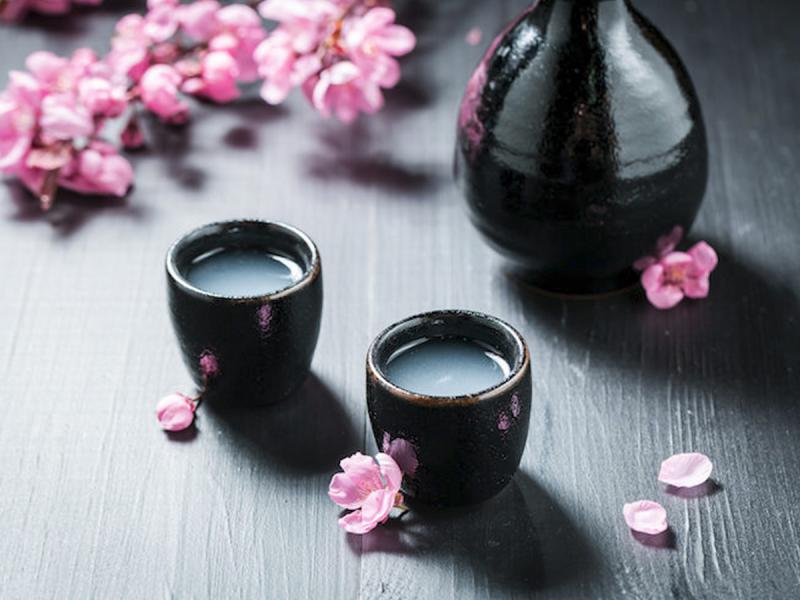Here are a few ideas for our recent tropical weather and ongoing forecast. 2015 Domaine du Vieil Orme Inphini is 100 percent Sauvignon Blanc. Pale straw-colored, with a tropical fruit bouquet of quince, mango and litchi. On the palate, almonds, vanilla, lower acidity, and round mouthfeel are not typical for Sancerre; cost is $15.99. It is from a fairly new 18-winery region created in 2012 and named Touraine Chenonceaux. Domaine du Vieil Orme was founded in 1849 and is still family owned. How about a 90-point SB under $9? Try Aila SB Leyda Valley Chile 2015. This is for those who prefer grassy, herbal SBs. Pale yellow with green tint plus fresh herbs, grass and a hint of asparagus aromas. On the clean, juicy palate look for grapefruit, lime and saline minerality. This wine is wonderful with white fish ceviche, clams, shrimp and oysters.
Those who enjoy SB from New Zealand are already aware of Sileni Estates' award-winning Syrah (platinum) and SB (gold). They are recently marketing Nano, a single-serve that has a cup attached as part of the package. Small-serve bottles are made from advanced polyethylene terephthalate (PET) packaging. The new-generation material is a multi-layer plastic that is essentially leakproof, unbreakable, absorbs UV light and protects contents from oxygen. The wine is not quite an award winner but is adequate. Citrusy lemon, gooseberry, refreshing and clean. They are also packaging a cola-cherry Pinot Noir. And, from Spain, a Tempranillo Rosé, a Tempranillo and Chardonnay. You can buy them for about $125/case of 24. The Sileni were companions of Dionysus, the god of good things - wine, vineyards and theater. The Sileni were always on hand to encourage enjoyment of delicious food, good wine and social interaction. When celebrations were in short supply, you could trust the Sileni to invent a reason for fun. I'm blessed to be friends with some Sileni types. How about you?
Sake is a category I rarely discuss, but recently, Jeff asked about them. Eiko Fuji Ban Ryu Honjozo is a decent $11 starter. Ban Ryu means "ten thousand ways," as in how many ways is one sake different from another. The answer – in 10 thousand ways: the yeast, the koji, timing of brewing, etc. It also means, more informally, versatility. Sake may be consumed chilled, warmed or hot, and with light, heavy, sweet or spicy food. Eiko is light, with cherries and black currant aromas. It has a soft mouthfeel but a crisp finish. Serve Eiko chilled to accompany spicy foods and sashimi. Going into a better example, look for Wakatake Onikoroshi Demon Slayer Junmai Daiginjo, 720ml (note bottle size). RRs will know why I chose this as a sample. I give it 90 points at $38. Go to $60 and look for Takatenjin Soul of the Sensei Sake, which memorializes renowned sake maker Toji Shokichi Hase. Honey and grainy rice aromas, rich palate with subtle sweetness and mouthwatering acidity, dry, spicy finish, 91 points. Juyondai Junmai Ginjo Sake from Yamagata Prefecture, Japan, costs $1,846/bottle. Sorry to say I've never sampled any.
Although Sake is known to us as rice wine, the process is more like making beer. Sake uses shuzo kotekimai rice. As with grapes, there are a large number of varietal types. Sake rice is polished to expose the starch inside and, generally speaking, the more of the bran that is polished away, the purer the result. The quality levels of special-designation sake are based on the amount of polishing – honjozu sake, polished to at least 70 percent of the original weight, ginjo to 60 percent, and daiginjo to 50 percent. After polishing, the rice is soaked and steamed, and Koji, a unique mold also used in soy sauce and miso production, is added. There are laws that attach the levels required for special-designation Sake, at least 15 percent. After a few days, water and yeast are added, and fermentation is completed to about 20 percent. Sake at this point may have water or alcohol added to complete the process, diluting or upping the alcohol levels. Only Sake labeled Junmai is pure of the additives.
















































